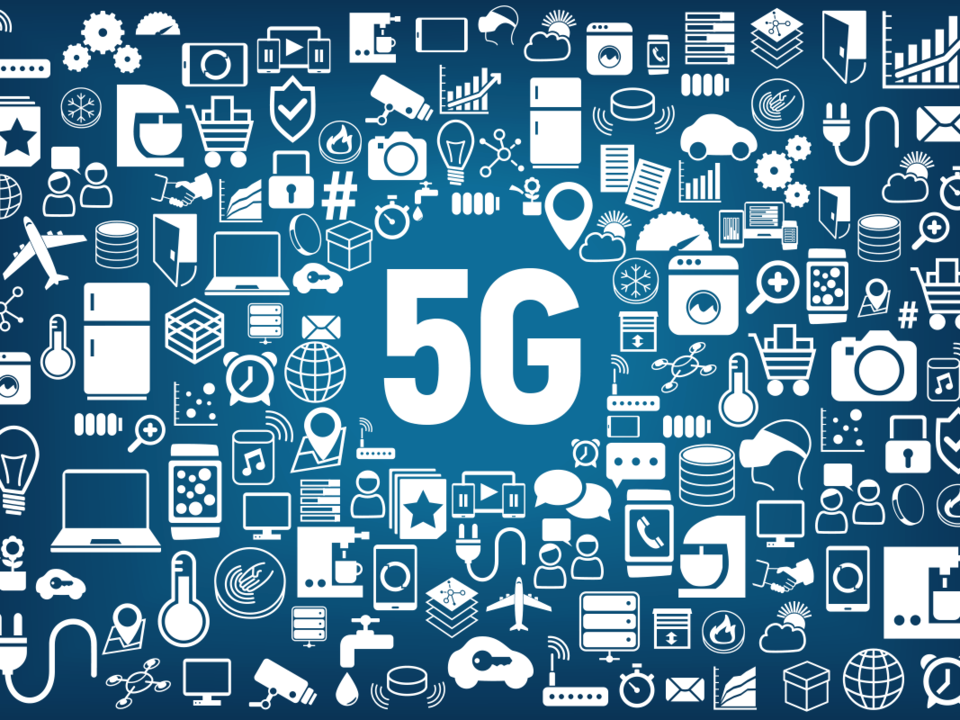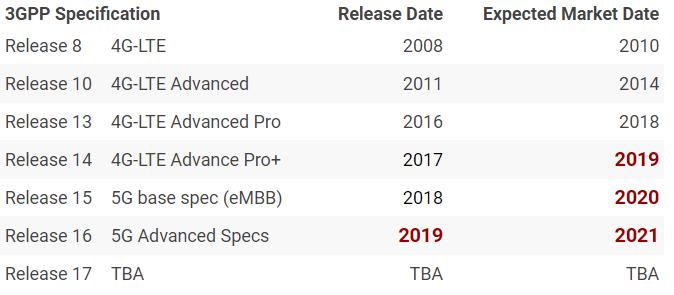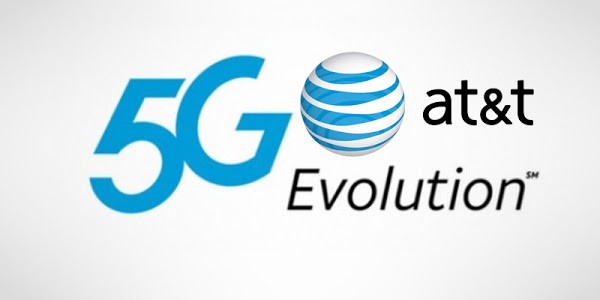5G has been buzzing around us for a while.
A buzzword and a beacon that mobile operators and manufacturers wave around to show that they are ahead of the curve. It is a battle to be the first, the best, and the wisest. Innovators, Startups, and Investors are also keen to take advantage of the oncoming wave that is slated to start a revolution in the way we connect.
So, when can we expect this wave to hit us? What exactly should we expect? Moreover, How much of an impact will it have? Let’s take a closer look at 5G and the timeline for the expected release:
The Era of Wireless Technology Standardization.
I could quickly point you to the 1990s, where mobile operators were experimenting with the latest mobile radio technologies. As an operator, the decision of which technology to use to implement their mobile network was crucial to their competitive advantage.
In the past, many US telecom operators adopted proprietary CDMA technology, while Europe mandated the use of GSM. Regardless of which technology was better at the time, there was a consensus among governing bodies that mobile technology should be standardized.
Enter 3GPP in 1998.
Think of 3GPP (The 3rd Generation Partnership Project) as a committee of experts who come up with specifications for new mobile radio technology releases. Due to their effort, phone and device manufacturers build according to the same standards allowing for greater compatibility across mobile networks.
Each publication 3GPP releases is numbered. For example, they published Release 8 in the third quarter of 2008, with specifications of 4G-LTE. It was not until 2 years later, in 2010, that we first saw the 4G network available to the public.
Due to manufacturing and implementation delays, it takes about 2 years, from when 3GPP announces a specification before network operators finally apply it to their networks.
The Road to 5G
2018–2020: Release of 4G-LTE Advanced Pro by many Operators.
Today’s wireless networks have run into a problem. More people and devices are consuming even more data than ever before. So the current 4G airwaves are getting crowded and, as a result, the quality of service that mobile operators offer is diminishing. A simple way to get around this problem is to transmit signals on a new range of the wireless spectrum. We do have a wide range available, although there is a catch:
Higher frequencies can transmit a lot of data, very efficiently, at high speeds. They also have a shorter range and a higher tendency to be blocked by obstacles and weather conditions. On the flip side, lower frequencies can transmit less data, and can more easily traverse obstacles and weather conditions.
4G is using the megahertz band, while 5G is using the higher gigahertz band. So 5G has a much higher bandwidth, lower latency, better reliability; But it also has a lower range and has a higher propensity to be blocked by weather and objects.
Putting this into perspective: a typical 4G tower can cover a 70km area while a 5G tower can cover a maximum of 500m! Having a nationwide coverage with only a standalone 5G network is a massive undertaking, requiring a multitude of antennas in a cluster, and would not be profitable for low population areas.
So it is safe to say that 4G LTE technology is not going anywhere. In fact, 3GPP has already prepared advanced and innovative versions of 4G LTE specifications as a backbone and stepping stone for the next era of mobile networks. In 2016–2017, they published Release 13 & 14 as the evolution of 4G to work side-by-side with 5G. It is called 4G LTE Advanced Pro, and it promises higher speeds, greater reliability, and compatibility with 5G.
Expect 4G LTE advanced Pro to be released between 2018 and 2020, some operators will call it 4.5G or4.5G pro. Others will call it 4.9G, while some would be brash enough to claim it as ‘5G evolution’ or ‘5G project’ (hint, hint AT&T). It will promise speeds of 1–2 Gbps but will probably deliver something between 100–300 Mbps under normal circumstances.
The Next Generation of Mobile Broadband
2020–2021 : Release of 5G New Radio pockets in dense areas.
When will we get 5G service? The answer to this question is 5G New Radio, also known as enhanced Mobile Broadband (eMBB). In mid-2018, 3GPP published its specifications for 5G New Radio. This, essentially, laid out standards for laying out 5G networks both in standalone and non-standalone networks.
The non-standalone specification detailed the introduction of 5G with the existing 4G-LTE backbone, which is the most obvious way forward for most Telecom operators. This due to the currently laid out infrastructure of 4G-LTE, as well as the very low coverage range of 5G cell towers.




